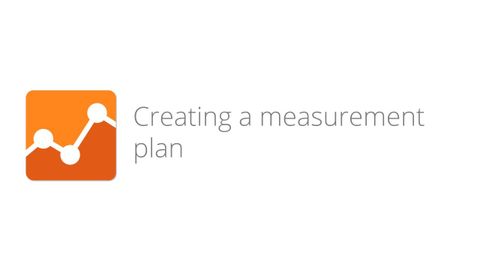
字幕と単語
デジタルアナリティクスの基礎 - レッスン2.4 測定計画の作成 (Digital Analytics Fundamentals - Lesson 2.4 Creating a measurement plan)
00
yangsarah が 2021 年 01 月 14 日 に投稿保存
動画の中の単語
business
US /ˈbɪznɪs/
・
UK /ˈbɪznəs/
- n. (c./u.)会社;(取り組むべき重要な)事柄 : 仕事 : 状況;商売 : 経営;業界;活動;権利;目的;舞台でのちょっとしたしぐさ;義務 : 任務;経営学;取引量 : 商況;ビジネスロジック
- adv.仕事で;本気で : 真剣に
- adj.通常通り
A1 初級TOEIC
もっと見る エネルギーを使用
すべての単語を解除
発音・解説・フィルター機能を解除
